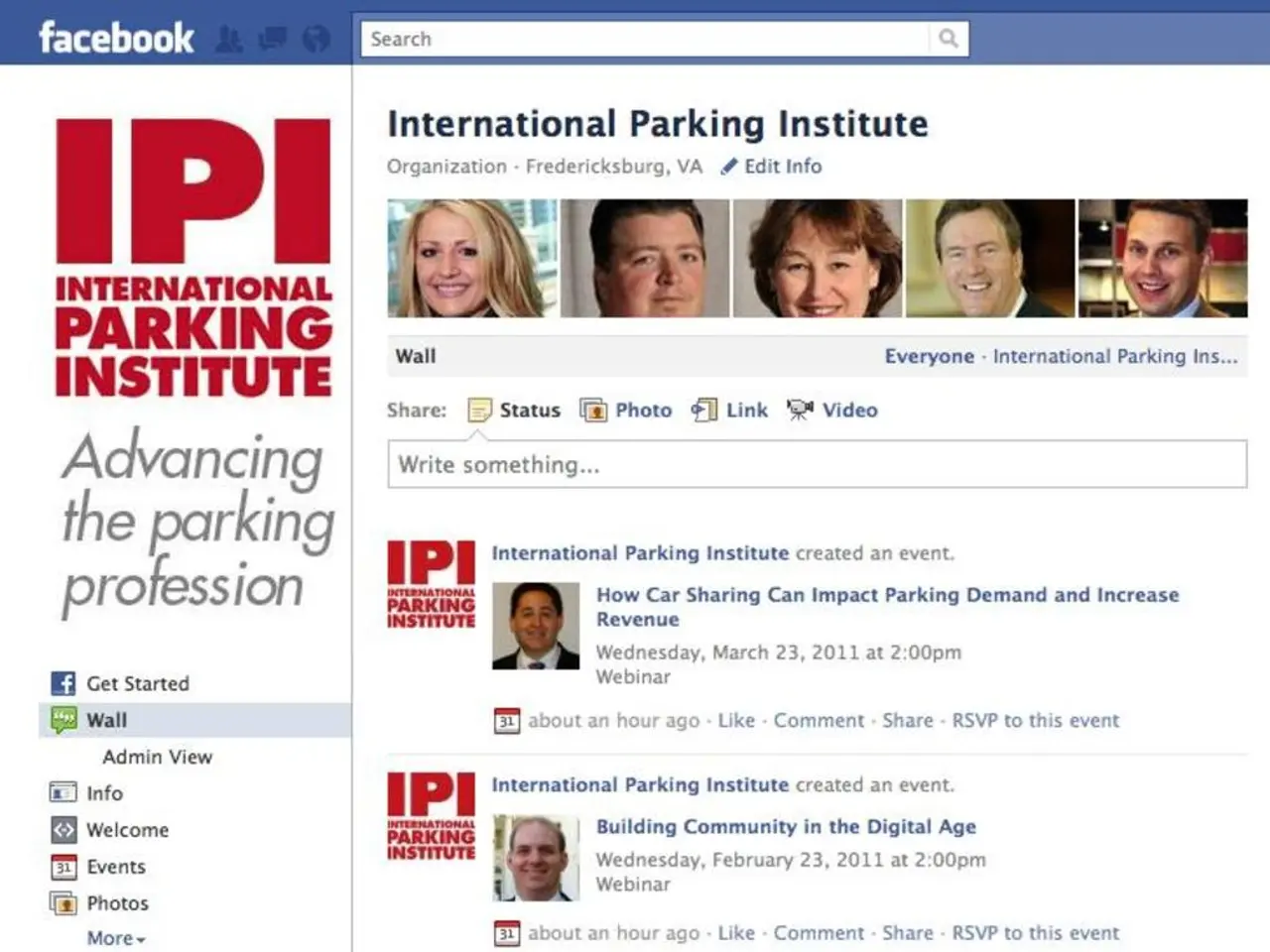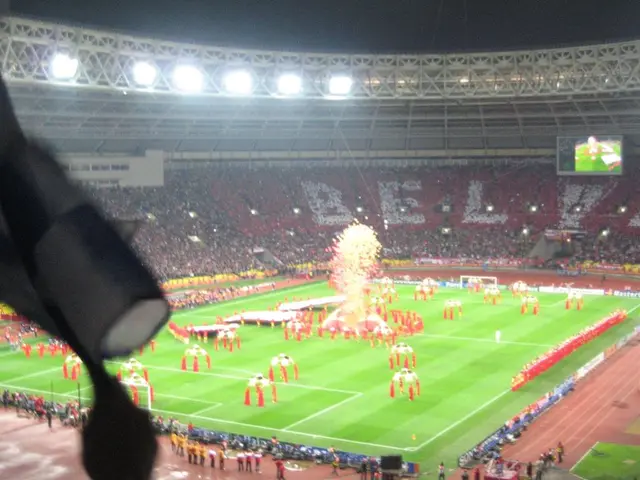Unregulated online content hinders effective street-level policing
In the heart of Europe, Ireland has grappled with the issue of racism towards foreigners and minorities, a problem that has deep roots and a complex history. While schools have been successful hubs of racial integration, they are not a simple answer to the problem.
During the 1970s and 1980s, Ireland was less ethnically diverse than the UK, but racial prejudice and xenophobia were still prevalent. Racism in Ireland during these decades was often driven by ignorance and fear of foreigners and minorities, sometimes spread through social channels.
Compared to the UK, Ireland had fewer large-scale racist violence incidents documented in the 1970s-80s, but racism existed in more subtle forms such as discrimination in housing, employment, and social integration. Cases similar to the UK’s racial discrimination under housing systems also appeared in places with immigrant or minority populations.
Contemporary accounts and reports from recent decades reflect back on continuing challenges including racial abuse, social exclusion, and institutional discrimination experienced by minority groups, including Black people and South Asian communities. The issues became more visible and pressing from the 1990s onwards with increased immigration.
However, there were grassroots responses in Ireland for racial dignity and justice evolving from the 1970s onward, indicating the presence of racial minorities organizing against discrimination even in earlier times.
In the current state, racism is on the rise, primarily due to vile discourse online, originating mainly from the United States and United Kingdom. The electronic ether and protests are socializing hate in working-class communities, with children and younger teenagers, mainly boys, picking up hate in stereo on the ground and online.
Recent reports have documented vicious attacks on members of the Indian community, and casual abuse and the feeling of being unsafe are increasing for members of the Indian community, immigrants, and Irish people who look different.
The Minister for Communications, Patrick O'Donovan, is at the front line in addressing this issue due to the Ireland is Full protests, which are native but copycat the far-right globally. The dilemma about occupying bored teenagers over the long summer holidays is perpetual, and right-wing racism is on the rise now that the economy is at full tilt again.
In conclusion, while extensive detailed documentation of racism in Ireland specifically during the 1970s and 1980s is limited, historical patterns show a country where minorities faced xenophobia and discrimination rooted in societal ignorance and fear, with housing and social challenges echoing broader UK trends but on a smaller scale. The issues became more visible and pressing from the 1990s onwards with increased immigration. It is crucial to continue addressing these challenges and promoting a more inclusive and welcoming society in Ireland.
- Politics in Ireland during the 1970s and 1980s rarely addressed the issue of racism towards foreigners and minorities, despite subtle forms of discrimination being prevalent in areas like housing and employment.
- The general-news landscape tends to focus on sensational acts of crime and injustice, but recent reports highlight an alarming rise in hate crimes against members of the Indian community and other minorities, emphasizing the need for a greater focus on crime-and-justice issues in Ireland.








